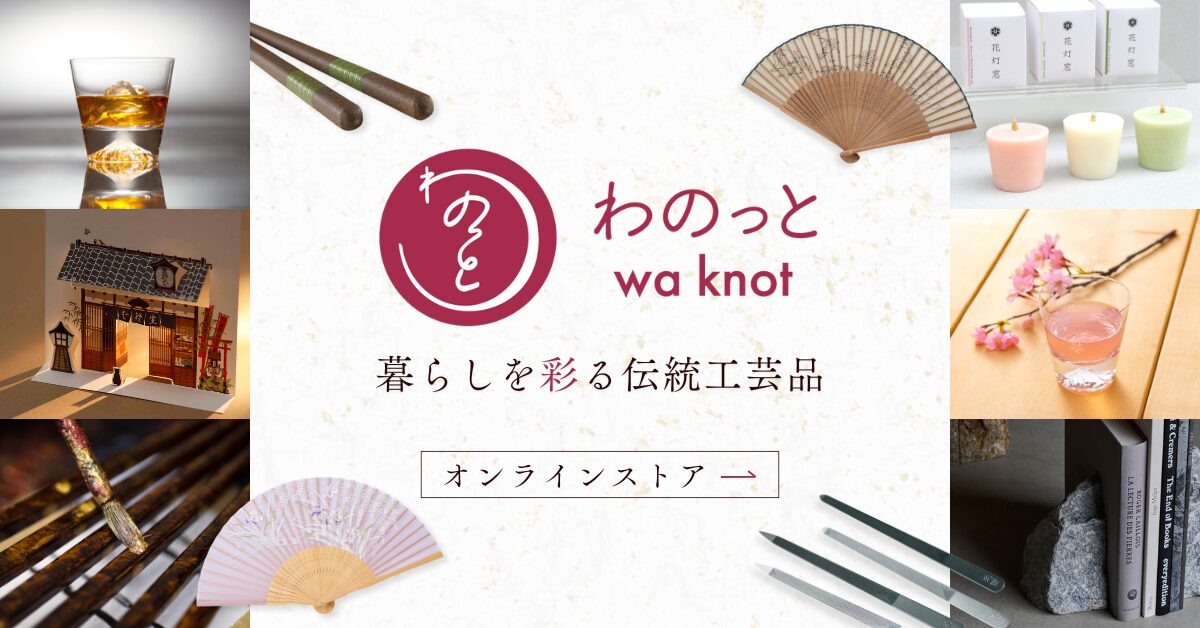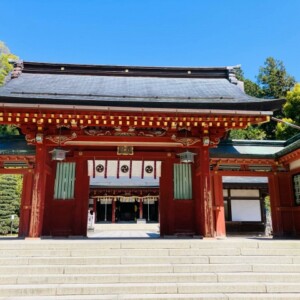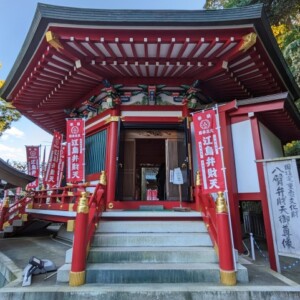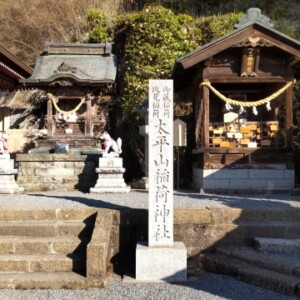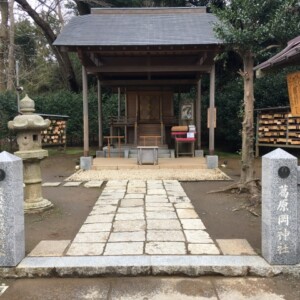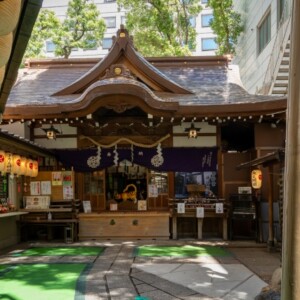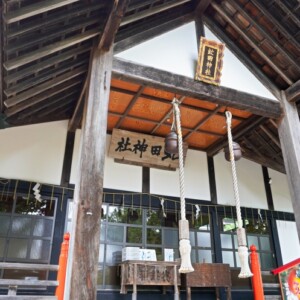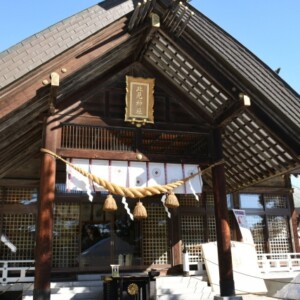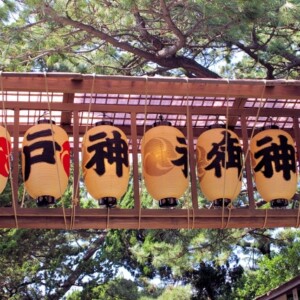
Gokoku-jinja Shrine, Tochigi Prefecture|Complete guide to the history, highlights, and worship at the historic Gokoku-jinja Shrine, which has been honored by the Emperor of Japan.
Tochigi Gokoku-jinja Shrine, located in Yonzai-cho, Utsunomiya City, is a Gokoku-jinja Shrine of special significance in the nation. It is known as the only shrine in Japan where the Emperor and Empress of Japan have officially worshipped, and it enshrines 55,361 heroic souls. The historic shrine, built in 1872, is visited by many worshippers as a sacred place to pray for world peace and human coexistence.
Outline and basic information about Tochigi Gokoku Shrine
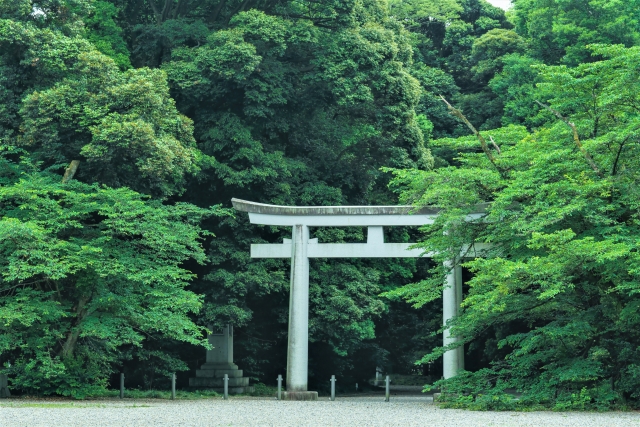
Tochigi Gokoku Shrine is deeply respected as a shrine that comforts the spirits of local heroes who have served the nation and the public, and prays for world peace. The shrine grounds include a solemn pavilion and the Gokoku Kaikan, forming a sacred space surrounded by a tranquil forest of Shinto shrines.
History and Origin
The origin of Tochigi Gokoku Shrine dates back to 1872 (Meiji 5) when Utsunomiya Shokonsha enshrined 97 warriors, including Toda Churyo, the feudal lord of the Utsunomiya domain, and 96 feudal warriors who died in the Boshin War, at Omoteoyama, Babacho, Utsunomiya City.
The historical changes since then are as follows. In 1876 (Meiji 9), the shrine was renamed Kansai Utsunomiya Shokonsha, and in 1939 (Showa 14), it was designated as a Gokoku-jinja Shrine by the Minister of Home Affairs, and renamed as Tochigi Gokoku-jinja Shrine. In 1940, the shrine was relocated to its current location, and in 1947, after the war, it was temporarily renamed Shoutoku Shrine, but in 1953, it was renamed Tochigi Gokoku Shrine again.
On July 25, 1996, at the Emperor’s request, the Emperor and Empress walked personally from the Otorii gate at the entrance to the shrine grounds to the main shrine building for an official visit. This is the only honor among all the Gokoku Shrines in Japan.
Deities and Benefits
Tochigi Gokoku Shrine enshrines 55,361 war dead related to the former Utsunomiya clan and Tochigi Prefecture, including those who died in the Meiji Restoration, the Sino-Japanese War, the Russo-Japanese War, and the Greater East Asia War, as well as those who died in the line of duty in the police, fire department, and Self Defense Force.
The main benefits of the shrine include prayers for national security, prosperity of the hometown, domestic safety, and world peace. As the god of national defense, the shrine is believed to be a powerful source of blessings for the protection of the country and the homeland, and many visitors come to pray for peace. The shrine is also a place of thanksgiving for the spirits of the dead, as well as a place to pray for safety in daily life and the well-being of one’s family.
Tochigi Gokoku Shrine Highlights and Features
Tochigi Gokoku-jinja Shrine is a shrine that combines a rich natural environment with buildings of great historical value. Various facilities and exhibits are located throughout the shrine grounds to pay homage to the spirits of the war dead, deeply moving visitors.
Architectural and Structural Attractions
The shrine grounds are home to a magnificent group of Shinto shrines, including the majestic Honden (main hall). There are three torii gates in total at the Tochigi-ken Gokoku-jinja Shrine, and the long approach starting from the torii gate at the entrance to the main approach is lined with magnificent lanterns.
The main shrine building is in the traditional shrine architecture style, creating a solemn atmosphere. Photographs of the emperor and empress worshipping at the shrine are displayed above the front of the main hall on the left and right, testifying to the special status of this shrine.
The grounds also house the Gokoku Kaikan, which is used for various events and meetings. The entire building is harmoniously arranged to provide an environment where worshippers can pray in peace and quiet.
Natural and scenic beauty
The spacious grounds are lined with many trees, and visitors especially enjoy the cherry blossoms in full bloom in the spring. Visitors can enjoy beautiful natural scenery throughout the four seasons, with the Chinju-no-mori forest, cherry blossoms, and autumn leaves among the highlights.
The temple grounds, surrounded by a quiet forest, are filled with a sacred atmosphere that soothes the hearts of worshippers, even though it is located in an urban area. The natural environment, which shows different expressions in each season, offers something new to discover no matter how many times you visit.
Valuable Exhibits and Archives
In front of the main shrine, a model of a Type Zero fighter plane of the Imperial Japanese Navy, donated by Toru Funamura, is on display. This is a valuable exhibit that conveys the memory of the war to future generations.
There is a reference exhibition room in the precincts of the temple, which was opened in 2002. It has a collection of about 800 items, mainly belongings of the war dead from the Russo-Japanese War and the Pacific War, as well as military equipment donated by demobilized military personnel. The museum is open from 9:00 to 16:00, and admission is free. The museum is open to visitors at any time, and qualified curators are in charge of exhibition duties.
Guide to Worship and Visiting the Museum
Anyone is free to visit the Tochigi Gokoku-jinja Shrine. Many people visit the shrine to express gratitude for daily life, to perform rituals for life’s milestones, and to wish for the happiness of their families and themselves. When visiting the shrine, please be mindful of proper manners and etiquette, and show respect for this sacred place.
Worship Etiquette and Manners
When visiting the shrine, please bow in the manner of “Nirei Ni-Beat-Ippo-Ichire” (two beats, one hand, one bow). First, bow before passing through the torii gate, and walk down the approach to the shrine, avoiding the center of the path. Purify your hands and mouth at the hand- and mouth-wash basin, then remove your hat and pray quietly in front of the hall of worship.
For more details on how to pray, please refer to the official website of the shrine. It is important to maintain quietness in the shrine grounds and to avoid disturbing other worshippers. When taking photographs, please do so with moderation, keeping in mind that this is a sacred place.
Annual and Seasonal Events
Various festivals are held throughout the year at Tochigi Gokoku-jinja Shrine. The major holidays are April 28, February 17, and November 23, when special ceremonies are held.
In spring, visitors can enjoy cherry blossom viewing during the cherry blossom season, and the beautiful cherry blossoms on the temple grounds soothe visitors’ hearts. In the fall, the autumn leaves are beautiful, and visitors can enjoy worshipping along with the changing of nature in each season.
It is recommended to confirm the detailed schedule of each festival with the shrine in advance.
Red Seal and Good Luck Charm Information
The shrine office is open from 9:00 am to 5:00 pm. Please apply for red seals and amulets at the shrine office during these hours.
However, according to word of mouth from past visitors, there may be no staff at the shrine office depending on the time of day. If you want to be sure of receiving a red seal, we recommend that you call in advance to confirm.
As is typical of Gokoku Shrine, most of the good luck charms are related to national security and domestic safety. For details, please inquire at the shrine office.
Access and Usage Information
Tochigi Gokoku-jinja Shrine is located in the western suburbs of Utsunomiya City and is easily accessible by road and public transportation. It is conveniently accessible by both public transportation and private vehicles.
Transportation Access
By public transportation
- 20 minutes by bus from JR Utsunomiya Station, 15 minutes from Tobu-Utsunomiya Station. Short walk from Sakushin Gakuin-mae bus stop.
- Take a bus from the west exit of JR Utsunomiya Station and get off at Sakushin Gakuin-mae bus stop.
If you use your own car
- 20 minutes from the Utsunomiya IC or Kanuma IC on the Tohoku Expressway
- About 30 minutes from the Utsunomiya-Kamisangawa IC on the Kita-Kanto Expressway
The shrine is located across from Sakushin Gakuin, and is marked by a large torii gate. The surrounding area is a mixture of residential areas and schools, but the presence of the shrine can be seen from a distance.
<Address> 1-37 Yosei-cho, Utsunomiya-shi, Tochigi 320-0063
Hours of worship, fees and parking information
Hours & Fees
- Worship: Free within the grounds
- Fee: Free of charge
- Office hours: 9:00 a.m. to 5:00 p.m.
- Telephone number: 028-622-3180
Parking lot information
- Parking: Yes (normally closed at night)
- Parking: Approx. 10 cars. During festivals, about 50 cars.
- Parking fee: Free
- (The parking lot has an entrance on the east side of the shrine, near the Sakushin Gakuin-mae bus stop.
The parking lot is usually closed at night. During festivals, the parking lot can accommodate more cars, but it is recommended that you consider using public transportation, as congestion is expected.
There is also an exhibition room on the grounds, which is always open for visitors who wish to see it (9:00-16:00, no admission fee). Those interested in history are encouraged to visit the museum as well.
Reference sites
Official website of Tochigi Gokoku-jinja Shrine: https://gokoku.gr.jp/


